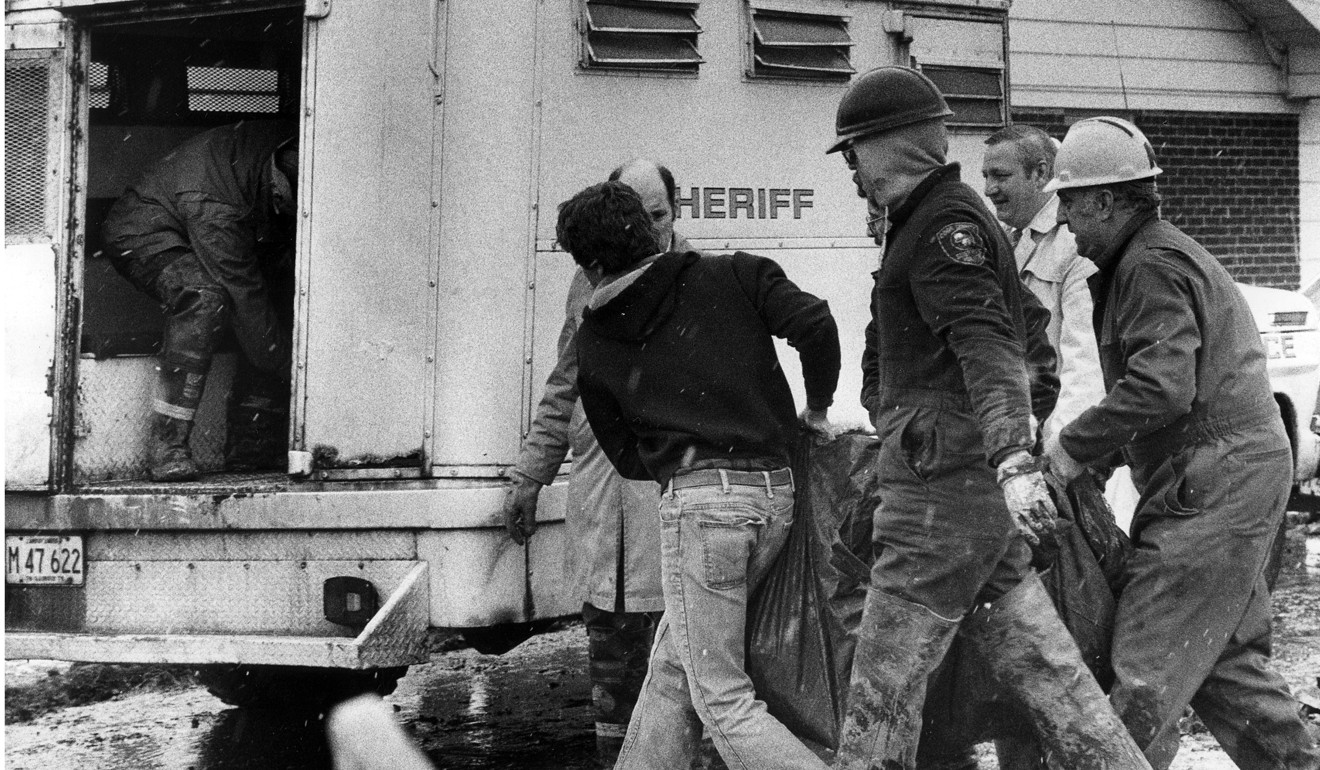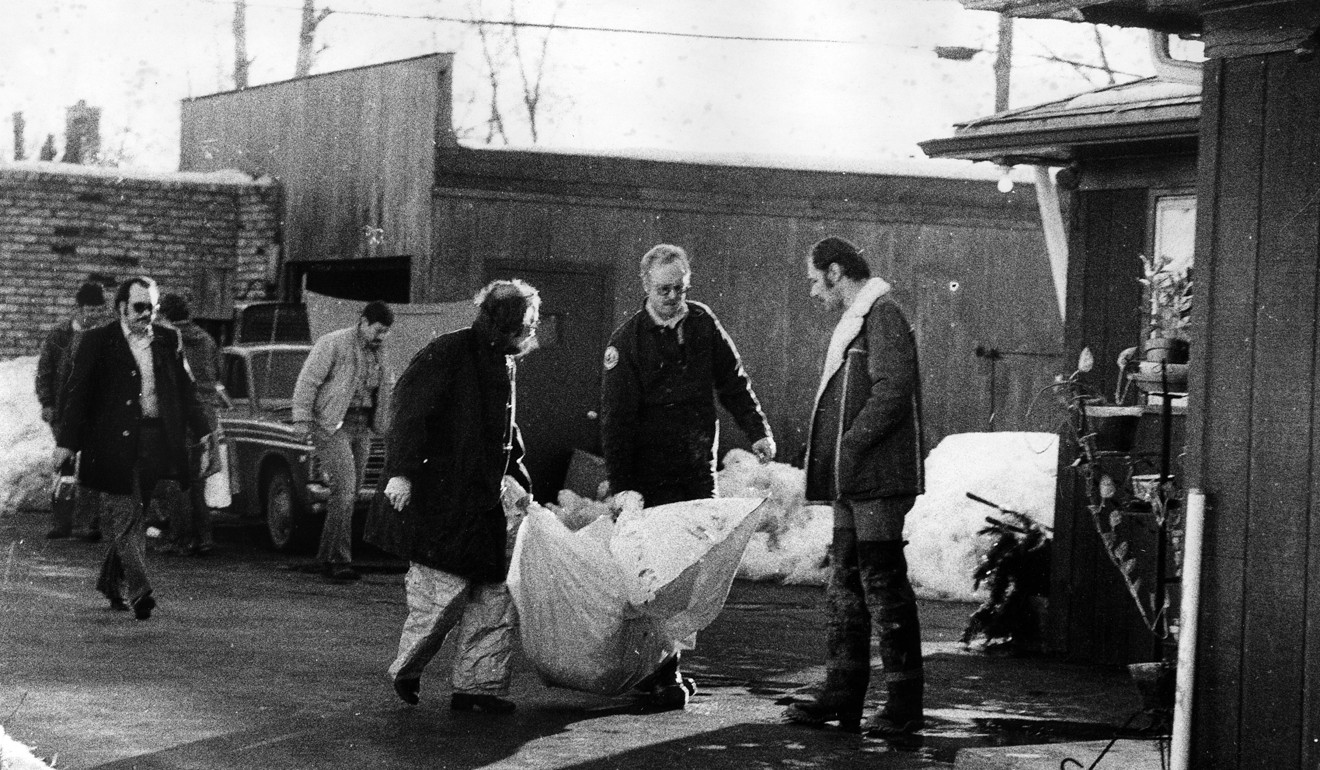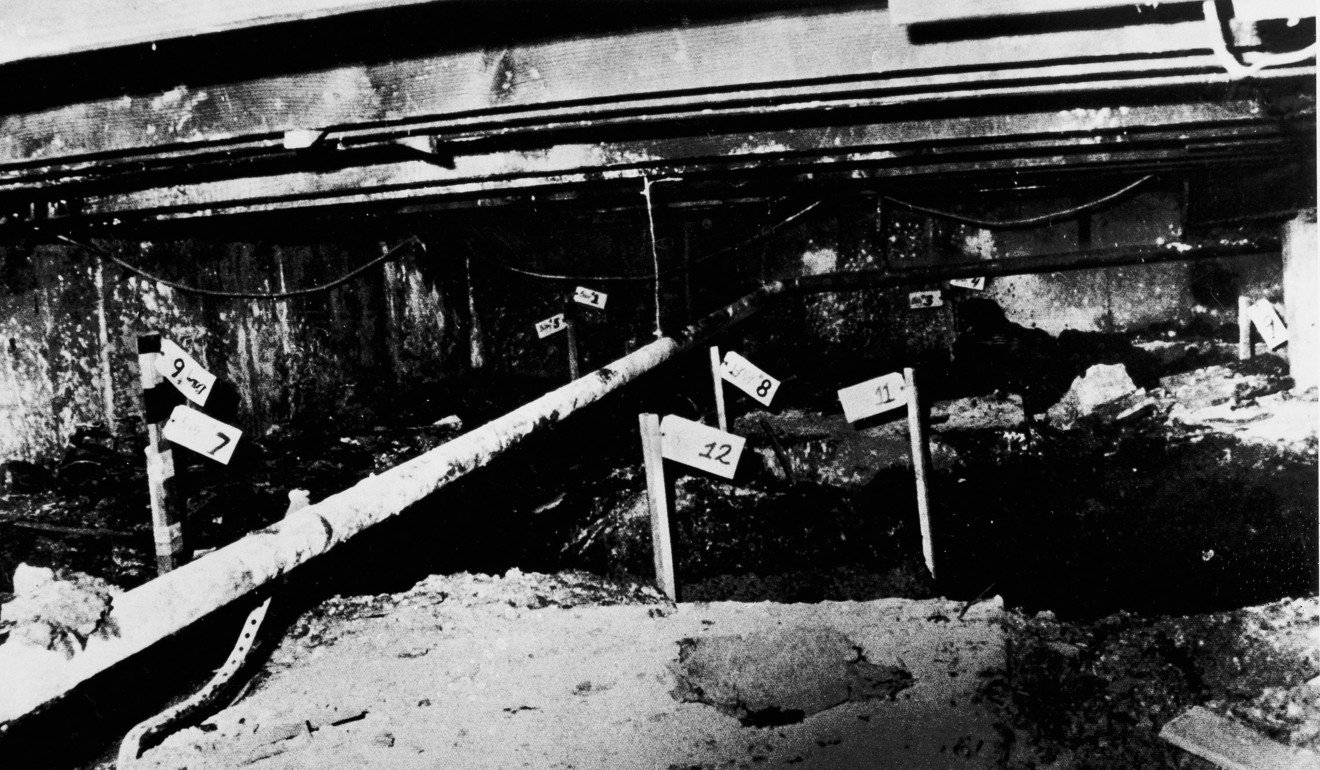
After 41 years, a teenage victim of US serial killer John Wayne Gacy is finally identified
Notorious serial killer John Wayne Gacy has been dead for more than two decades, but some of his victims are still regaining their names, one by one.
James “Jimmie” Byron Haakenson was confirmed as one of the seven remaining unidentified victims the killer buried in the crawl space of his home, thanks to advancements in DNA analysis, Cook County Sheriff Tom Dart said in a statement Wednesday.
Before July 6, Haakenson, who ran away at age 16 from his Minnesota home and vanished in Chicago in 1976, was known only by a grim moniker: Gacy Victim #24.

At the time of Gacy’s execution in 1994 by lethal injection, only 25 victims had been identified, according to the New York Times. The others were given gravestones that said, “We Are Remembered.” Gacy is only outpaced by Garry Ridgway and Ted Bundy in the number of known serial murders in recent United States history. Ridgway, also known as the Green River Killer, was convicted of 48 murders. Ted Bundy is believed to have killed more than 30 young women and girls.


“In a way, we’re basically trying to prove someone’s worst nightmare, which is awful,” Dart told the New York Times in 2011. “But the statement we have heard the most from families is that they have been waiting for 30 years to know.”
William George Bundy’s remains were identified in November 2011, only weeks after Dart reopened the case. But it would take another six years for Haakenson.
Saliva, blood and other genetic samples from family members can be used to compare similarities between unidentified remains and materials gathered by potential family members.

The University of Northern Texas Centre for Human Identification tested samples from Haakenson’s two siblings. The result: “strong genetic association between Jimmie’s siblings” and remains of their brother, Dart said.
Haakenson’s mother has since passed away. She was the last known person to hear from him after he called home to St Paul, Minnesota, on August 5, 1976, to tell her that he was in Chicago, Dart said. The Cook County Sheriff’s office formally notified Haakenson’s family on Monday that the remains belonged to Jimmie.
Dart’s initiative even closed some cases unrelated to Gacy’s murders. Four cold cases were solved, five missing people were located alive and two missing people were found dead, including one teenager who fled an orphanage in 1972.
Gacy began his gruesome murders in 1972 and continued for six years while working as a building contractor and as “Pogo the Clown” at children’s parties. He lured young men and boys by offering sex or construction jobs and often strangled his victims with ropes.
After 15-year-old Robert Piest went missing in 1978, authorities zeroed in on Gacy. They found his first victims on December 21, 1978. He was convicted of 33 murders and sentenced to death in March 1980, and executed on May 10, 1994, in Illinois.
And 23 years later, Gacy Victim #24 became Jimmy Haakenson.

